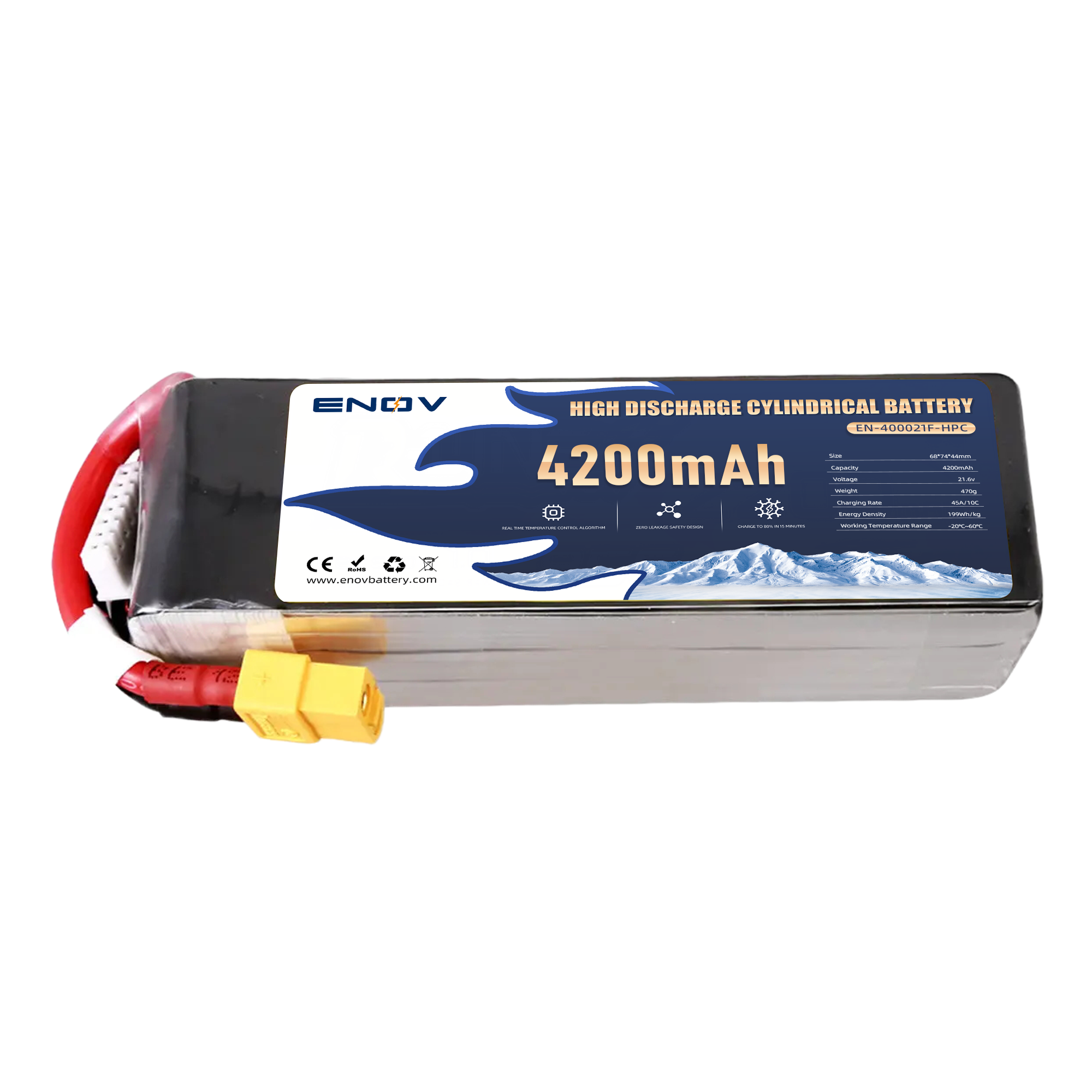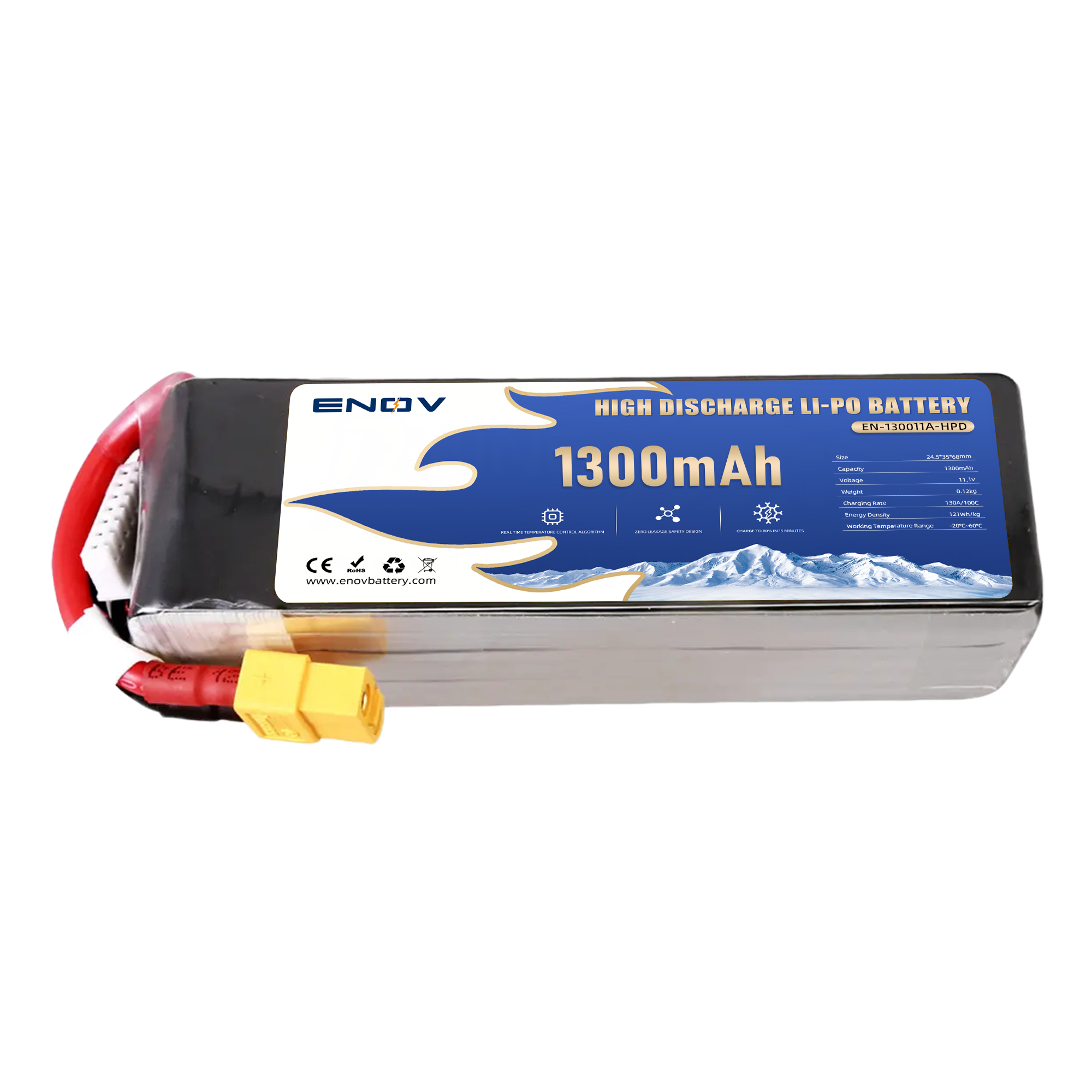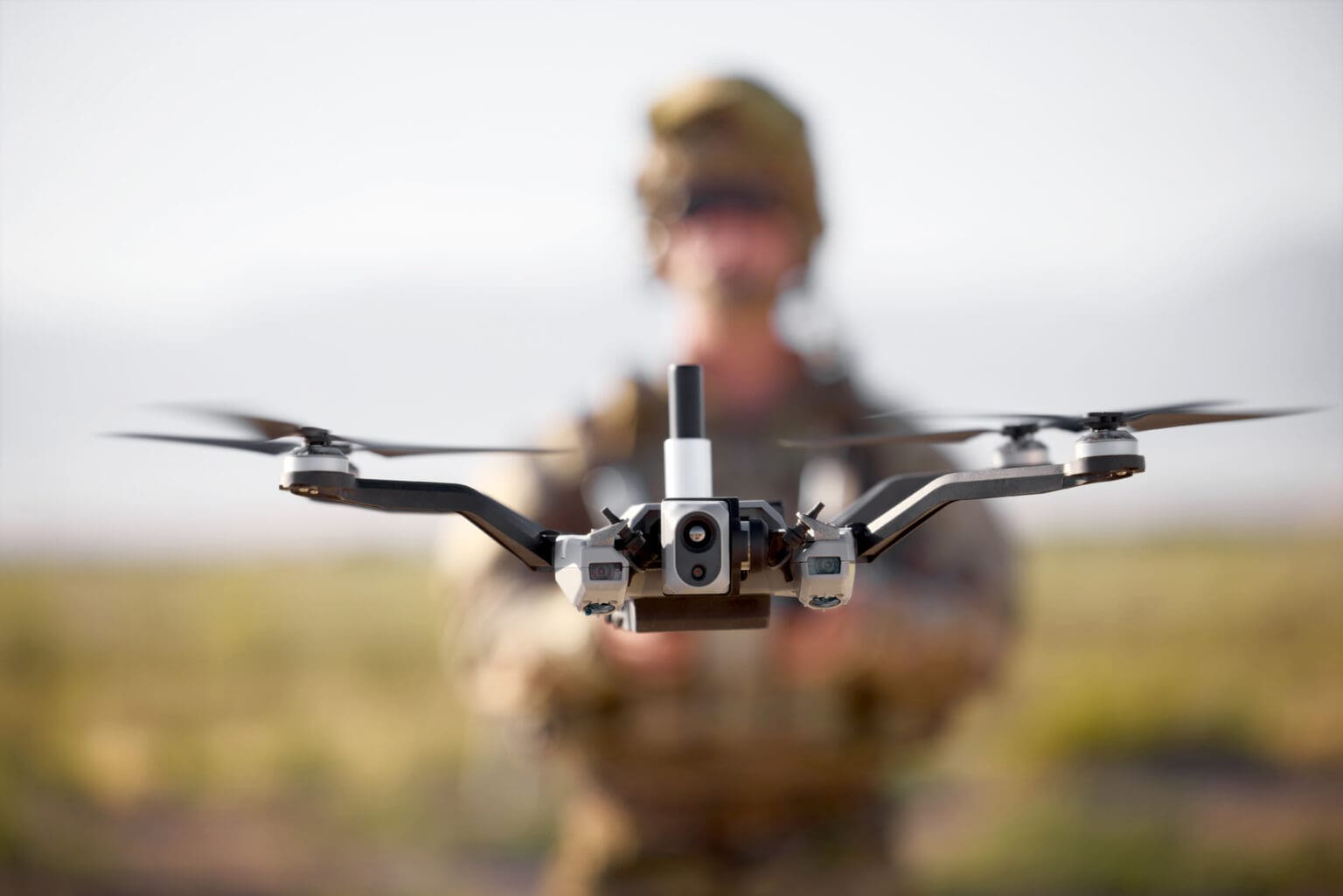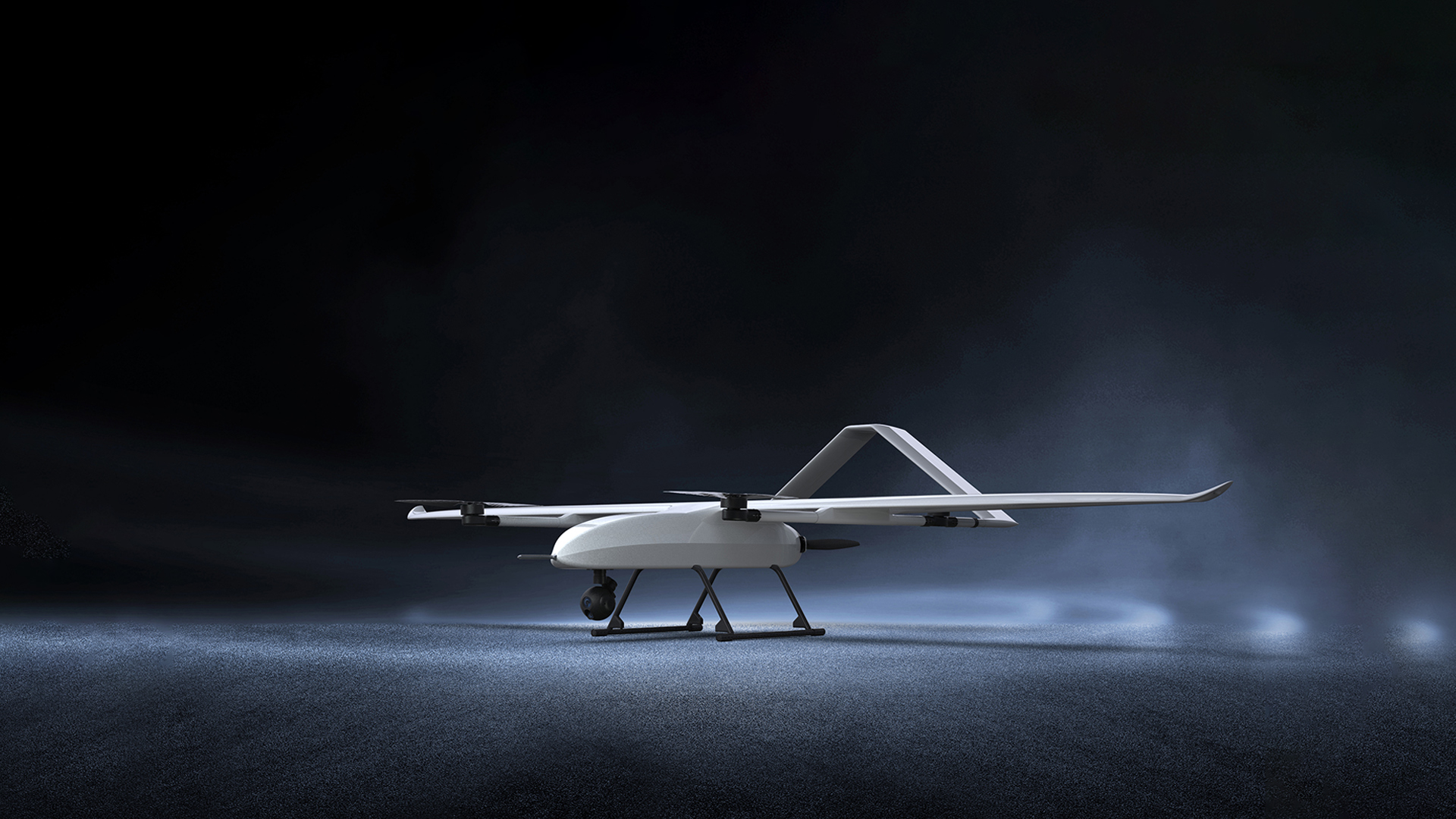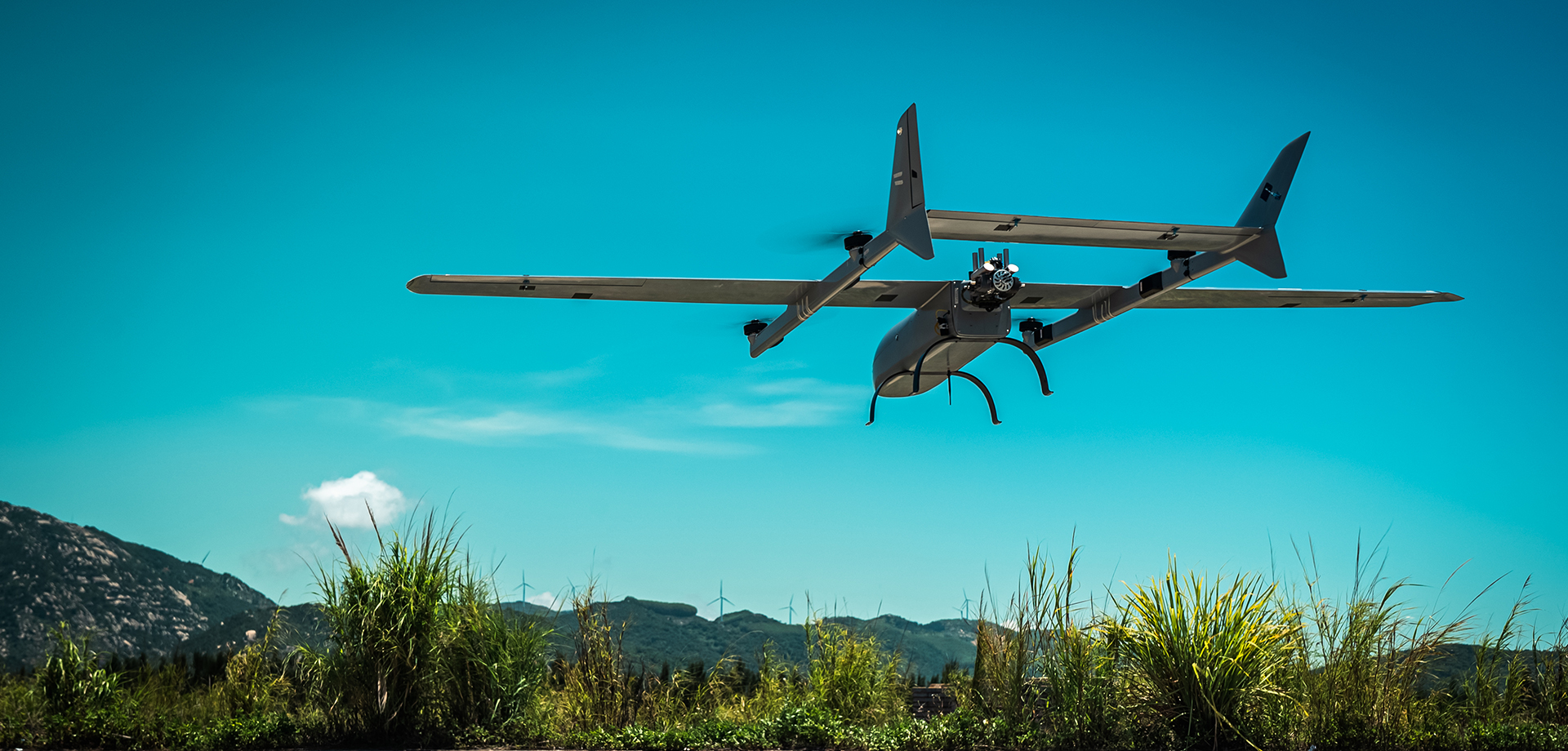Compatibility & Scenario-Specific Versatility: Unlocking Drone Potential Across Industries
In the rapidly evolving drone industry, compatibility and scenario-specific versatility are critical for batteries to meet the demands of diverse applications. From agricultural spraying to emergency medical deliveries, drone batteries must seamlessly integrate with multiple platforms while optimizing performance for unique operational challenges.
This article explores how advanced battery designs and adaptive technologies empower drones to excel in specialized missions, balancing power, weight, and environmental resilience.
thrust
Modern drone batteries prioritize universal compatibility to support fleets with varying voltage, size, and energy requirements. Key innovations include:
• Modular Battery Packs: Swappable modules allow quick reconfiguration for drones like the DJI Agras T50 (52.22V) or FreeFly Alta X (44.4V), reducing downtime during multi-drone operations.
• Smart BMS Integration: Intelligent Battery Management Systems (BMS) auto-detect drone voltage and adjust outputs, enabling one battery type to power multiple UAVs safely.
• Standardized Connectors: Universal interfaces like XT60 or AS1500 ensure secure, spark-free connections across brands, critical for defense or logistics teams using mixed fleets.
For example, batteries with adaptive discharge curves can switch between high-torque (agricultural drones) and steady-output modes (mapping drones) without hardware changes.
Agricultural drones demand batteries that balance heavy payloads and long flight times:
• High-Discharge Cells: 15C–20C-rated cells deliver bursts for pesticide spraying while maintaining 30–40-minute flight cycles.
• Dust/Water Resistance: IP54-rated seals protect against chemical corrosion and field debris, extending lifespan in harsh farming conditions.
• Temperature Resilience: Preheating systems ensure stable operation from -10°C (morning frost) to 50°C (midday heat), vital for seasonal farming.
Case studies show farms using versatile batteries reduce per-acre costs by 20% through reduced swap intervals and consistent spray coverage.
For search-and-rescue or disaster relief, batteries must prioritize quick charging and fail-safe redundancy:
• Fast-Charging Tech: 0–80% charge in 15 minutes using 8C supercharge protocols, enabling back-to-back missions during crises.
• Redundant Power Channels: Isolated cell groups allow drones to maintain 50% functionality even if partial failure occurs mid-flight.
• Lightweight Designs: Carbon-fiber casings cut weight by 30%, extending flight times for medical delivery drones in remote areas.
During wildfire responses, drones with dual-battery systems achieve 90-minute flight times by alternating between main and reserve packs.
Batteries for filming or mapping require minimal vibration and stable voltage:
• Low-Noise Cells: Balanced internal wiring reduces electromagnetic interference, ensuring clean data for LiDAR or 8K cameras.
• Steady Discharge Curves: Voltage fluctuations below 0.5% prevent camera jitters during aerial shoots.
• Compact Form Factors: Slimline designs fit gimbal-mounted drones like the Inspire 3 without compromising payload space.
Emerging technologies are pushing versatility further:
• AI-Powered Profiles: Machine learning tailors discharge rates and thermal management based on real-time mission data.
• Hybrid Energy Systems: Solar-assisted batteries and hydrogen hybrids extend flight times for long-range inspections.
• Blockchain Tracking: Secure logs ensure compatibility by verifying battery health and firmware across fleets.
Conclusion
Compatibility and scenario-specific versatility transform drone batteries from generic components into mission-critical enablers. By blending modular hardware, adaptive software, and rugged engineering, modern solutions meet the unique demands of industries as varied as agriculture, defense, and cinematography. As autonomous drones expand into new frontiers—smart cities, offshore energy, and beyond—these innovations will remain central to unlocking safe, efficient, and sustainable operations.
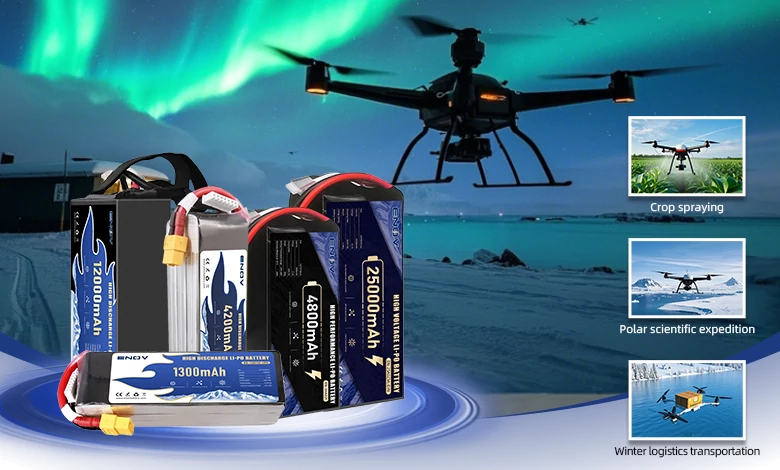
UAV DRONE battery
Enov UAV battery has the most advanced UAV battery new technology, it has a lightweight structural design, ultra-high energy density, stable continuous discharge, customized ultra-high instantaneous discharge, wide temperature working range, stable charge and discharge, battery materials can choose high nickel terpolymer positive/silicon carbon negative material system combined with semi-solid battery technology. Or choose a more mature application of more UAV lithium battery technology, available UAV battery nominal voltage 3.7V, capacity 18.0Ah ~ 30.0Ah, support 10C continuous discharge and 120C pulse discharge (3 seconds). With ultra-high energy density (220-300Wh/kg) as its core advantage, Enov UAV batteries can meet the needs of long-term endurance scenarios such as plant protection drones and transport drones, while maintaining stable emission performance in extremely low temperature environments (-40℃).
Other products
START-STOP LITHIUM BATTERY
LITHIUM ENERGY STORAGE BATTERY
QUICK INQUIRY
FAQ
Access to high frequency technical questions with one click, get accurate answers on product application, after-sales policy and customization process.
Service and Support
Get the latest product specifications, explore professional OEM/ODM customization services, click to open exclusive technical support and production solutions.
Become a Partner
We sincerely invite resources to interconnect, work together for win-win development, and immediately open a new chapter of strategic cooperation!


